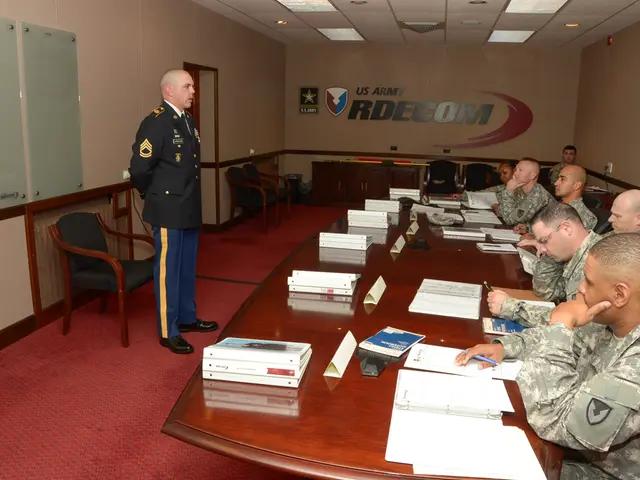Artificial Turf Export Drama: 23 Tons Return to Switzerland
Last fall, a Swiss soccer club's old artificial turf export never made it to Germany as planned. The exporter aimed to import the 23-ton load to the Weil am Rhein customs office (Lörrach district) for reprocessing. However, customs officials deemed the turf waste, with significant soil and contaminants like glue and rubber granulates. The lack of a waste accompanying document resulted in the import refusal, disrupting customs traffic and potentially stirring up illegal waste concerns.
The incident occurred septembers ago. Commercial and personal waste transport is limited, necessitating specific conditions. Despite the effort to reprocess the old turf, the exporter encountered obstacles due to its waste classification and the lack of documentation.
From the DPA
The Contaminant Tangle
Artificial turf can harbor a host of contaminants, including heavy metals, plastics, and synthetic materials. Europe, encompassing Germany and Switzerland, faces strict guidelines on waste importation and disposal. Contamination dictates turf classification, treatment, and transportation.
Documents, Permits, and Regulatory Bodies
The exporter would have needed thorough documentation, including customs declarations and certificates of origin. Permits and licenses may also be required to ensure environmentally safe handling and disposal. The Swiss Federal Office for the Environment and Germany's Federal Ministry for the Environment, Nature Conservation, and Nuclear Safety oversee regulatory affairs.
Parties to the Basel Convention, Germany and Switzerland seek to reduce harmful waste transfer. This convention sets guidelines on waste management, calling for environmentally sound practices in export and import.
In essence, countries like Germany and Switzerland have unique waste importation and reprocessing regulations, which vary based on environmental standards and specific contaminant regulations. Ensuring rigorous documentation, safe transportation, and compliance with national and international agreements is key.







